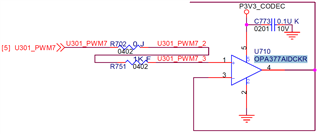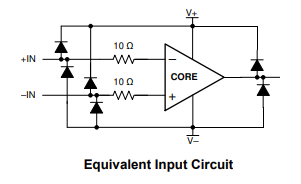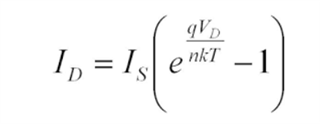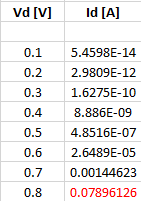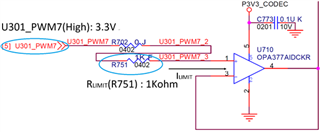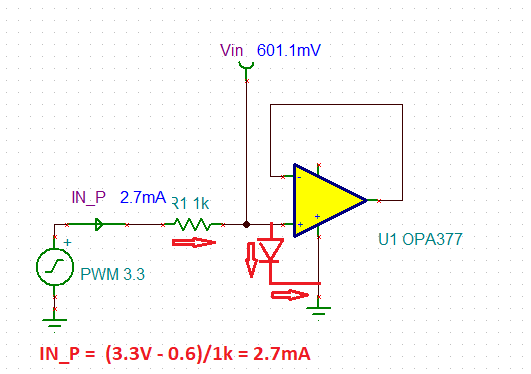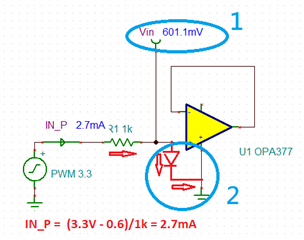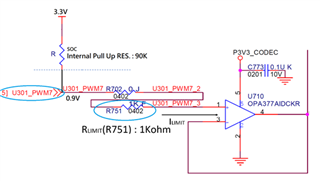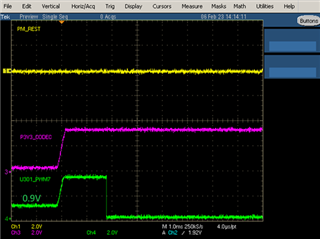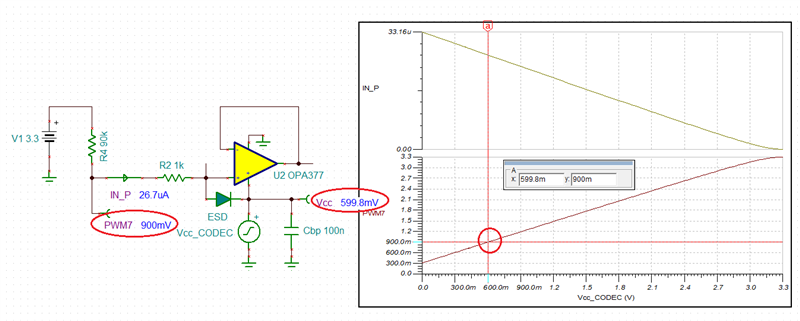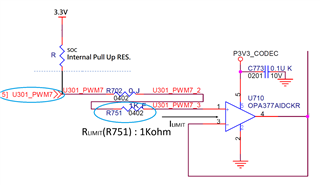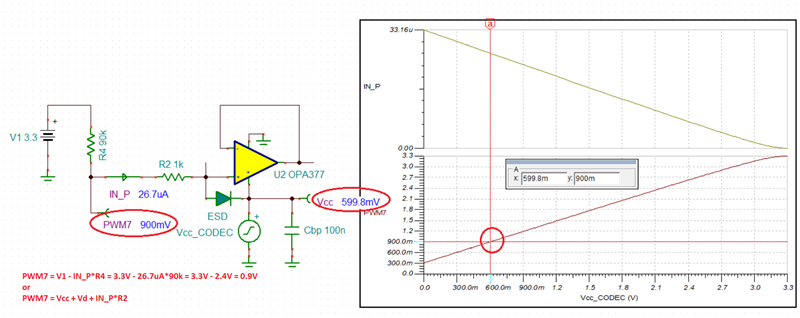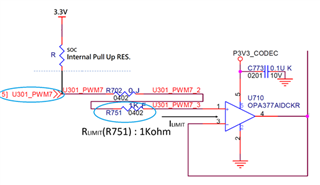Other Parts Discussed in Thread: TINA-TI
Dear Sir:
Regarding the OPA377 Power OFF PIN internal Status
When the OPA377 Power OFF(no power supply).
*Which the following the Pin internal status of +IN(Pin1) at OPA377 Power OFF?
1.Pull Up Resistor to VCC Power.
2.Pull Down Resistor to GND.
3.High impedance: Open.
* How many lekage current of +IN(Pin1) at OPA377 Power OFF?
Please check to reply it asap.
Thanks
B.R
Vincent
